Olive Young - Yeomchang Station Branch [Tax Refund Shop] (올리브영 염창역)
4.1Km 2024-04-22
#102, and #103, 637, Gonghang-daero, Gangseo-gu, Seoul
-
Olive Young - Yongsan Richensia Branch [Tax Refund Shop] (올리브영 용산리첸시아)
4.1Km 2024-04-22
Store #103, #104, #105, #112, 341, Baekbeom-ro, Yongsan-gu, Seoul
-
Singil Yangkkochi (신길양꼬치)
4.1Km 2021-03-25
193, Dosin-ro, Yeongdeungpo-gu, Seoul
+82-2-845-5760
It is a place where you can enjoy various Chinese dishes as well as lamb dishes. This Chinese (cuisine) restaurant is located in Yeongdeungpo-gu, Seoul. The most famous menu is lamb skewers.
Gohyang Naengmyeon (고향냉면)
4.1Km 2021-03-25
193, Dosin-ro, Yeongdeungpo-gu, Seoul
+82-2-6053-0453
It is a noodle dish in meat broth added with seasonings. This Korean dishes restaurant is located in Yeongdeungpo-gu, Seoul. The most famous menu is cold buckwheat noodles.
Ran (란)
4.1Km 2021-04-12
12, Yeouidaebang-ro, 53ga-gil, Yeongdeungpo-gu, Seoul
+82-2-848-1884
It is a soup that has been boiled for a long time and is good for the body. This Korean dishes restaurant is located in Yeongdeungpo-gu, Seoul. The most famous menu is oxtail soup.
Seodaemun Prison History Museum (서대문형무소역사관)
4.2Km 2024-12-02
251 Tongil-ro, Seodaemun-gu, Seoul
Seodaemun Prison was built under the Japanese administration to imprison independence movement activists. It first opened on October 21, 1908 under the name Gyeongseong Prison. Eventually, so many activists were imprisoned that the building had to be expanded. At that time, the name changed to Seodaemun Prison on September 3, 1912. Eighty years later, the prison was turned into Seodaemun Independence Park on August 15, 1992 to commemorate the Korean patriots who were tortured in prison, giving their lives for freedom. Of the many buildings, only seven were preserved for their historical significance, among which three prison buildings and the execution site were designated as a Historic Site. In 1998, the park underwent another transformation into today's Seodaemun Prison History Hall to educate the public on the importance of Korea's independence and the sacrifices of those who fought to achieve it.
Hangugeseo Dubeonjjae Yangpyeong Haejangguk Jeonmun (한국에서두번째양평해장국전문)
4.2Km 2021-03-25
189, Dosin-ro, Yeongdeungpo-gu, Seoul
+82-2-845-3400
It is a dish made with special pork parts. This Korean dishes restaurant is located in Yeongdeungpo-gu, Seoul. The representative menu is hangover soup.
Chwimallu (취만루)
4.2Km 2021-03-25
187, Dosin-ro, Yeongdeungpo-gu, Seoul
+82-2-844-8899
It is a place where you can enjoy various Chinese dishes. The best menu at this restaurant is sweet and sour pork. This Chinese (cuisine) restaurant is located in Yeongdeungpo-gu, Seoul.
Dongnimmun Gate (독립문)
4.2Km 2022-12-15
251, Tongil-ro, Seodaemun-gu, Seoul
Dongnimmun stands at the location originally known as Yeongeun, where envoys were once treated. When a Chinese envoy visited, the King would go out through this door to greet. In 1898, to announce the independence from Japan, Dongnimun was constructed with the fund collected by the citizens. The traces of the past still remain on Dongnimmun with two pillars in front of Dongnimmun being the remains of Yeongeunmun.
The Arc de Triomphe in France can be recalled in comparison to Dongnimmun. Dongnimmun was built using granite with a passageway x_height of 14.28 meters. On the top it is written ‘Dongnimmun’ in Korean with the national flag drawn on each side. On the inner-left side there are stone stairs leading to the attic. The national flower Mugunghwa are planted around Dongnimmun. Now it is surrounded by roads and it is eye-catching to view when passing by.
Seoul Yakhyeon Catholic Church (서울 약현성당)
4.2Km 2020-03-26
447-1, Cheongpa-ro, Jung-gu, Seoul
+82-2-362-1891
Yakhyeon Catholic Church was established as a result of Korea gaining religious freedom in the 23rd year of King Gojong’s reign (1886) and the subsequent increase of the Catholic population. In 1891, Myeongdong Cathedral's head priest Doucet laid down the foundation stone in Hap-dong. Coadjutor bishop Coste was in charge of design and construction and the building was eventually completed in 1892. The church was named after "Yakjeonhyeon," or a hill of medicinal herbs. This is because the place where the church is located was once a hilly area covered with medicinal herbs. Later on, Yakjeonhyeon was shortened to Yakhyeon and it became the name of the hilly area between Malli-dong and Seoul Station.
Yakhyeon Catholic Church was the first Western-style church ever built in Korea. It's Gothic architecture features a 12-meter-wide and 32-meter-long cruciform construction with low arched windows and a pointed-arch entrance gate.
![Olive Young - Yeomchang Station Branch [Tax Refund Shop] (올리브영 염창역)](http://tong.visitkorea.or.kr/cms/resource/93/2880093_image2_1.jpg)
![Olive Young - Yongsan Richensia Branch [Tax Refund Shop] (올리브영 용산리첸시아)](http://tong.visitkorea.or.kr/cms/resource/84/2889184_image2_1.jpg)
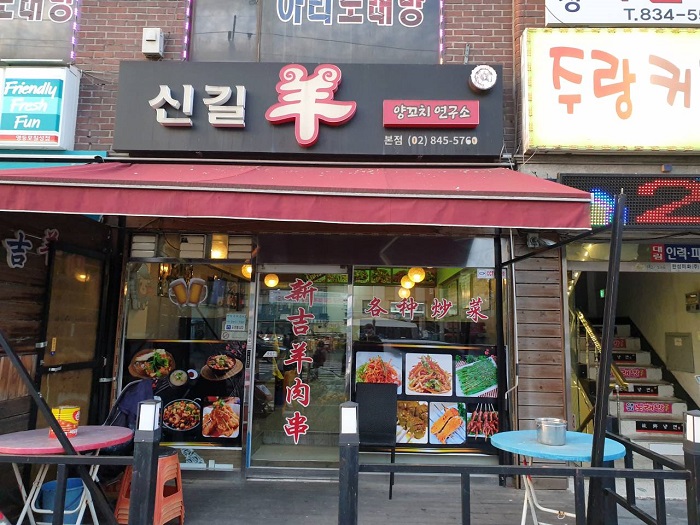
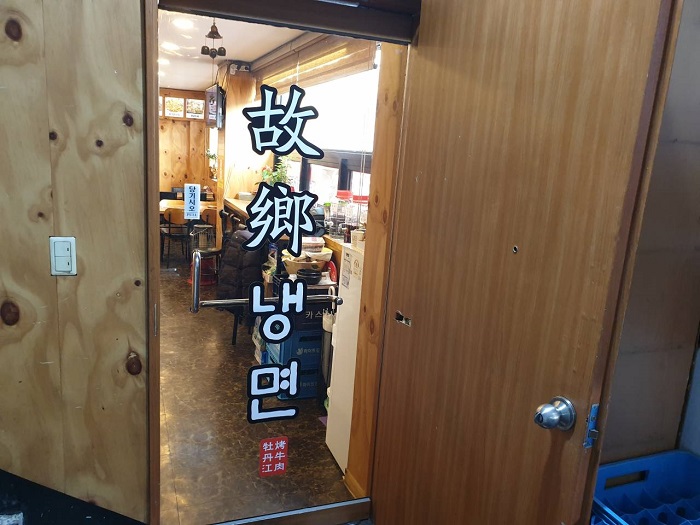
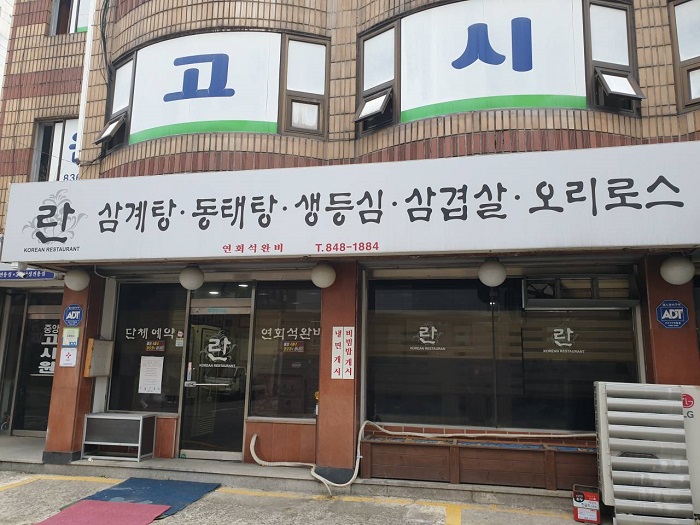

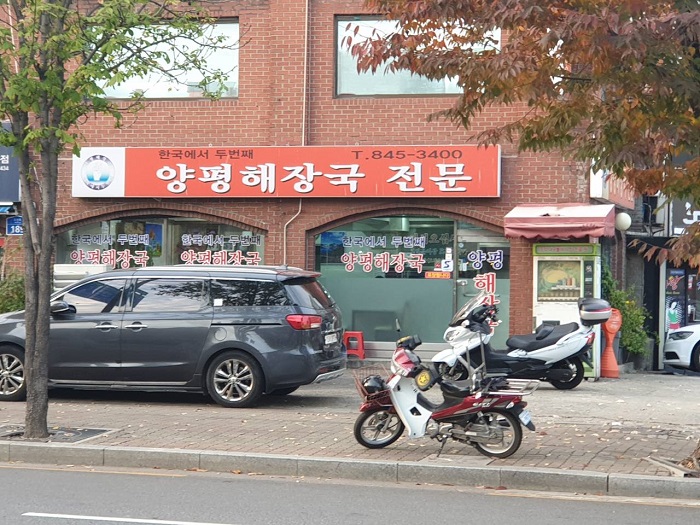
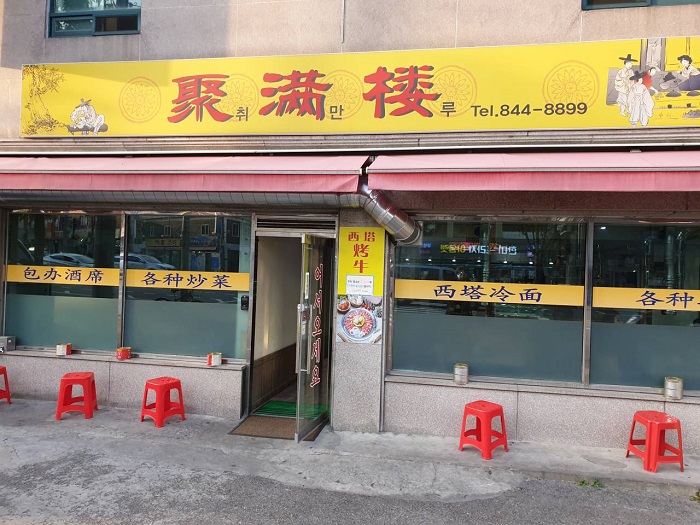
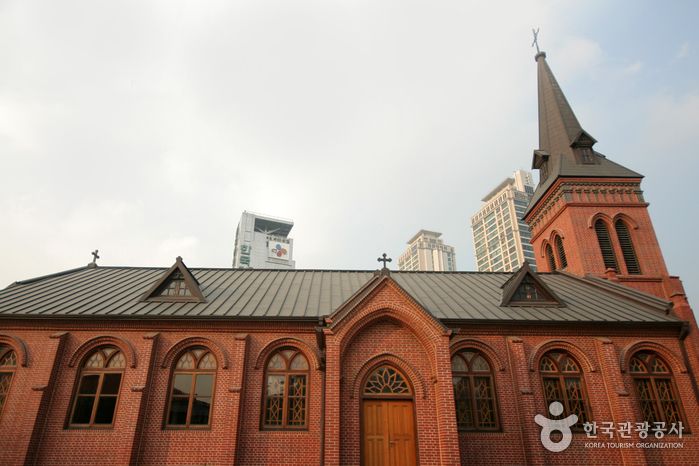
 English
English
 한국어
한국어 日本語
日本語 中文(简体)
中文(简体) Deutsch
Deutsch Français
Français Español
Español Русский
Русский